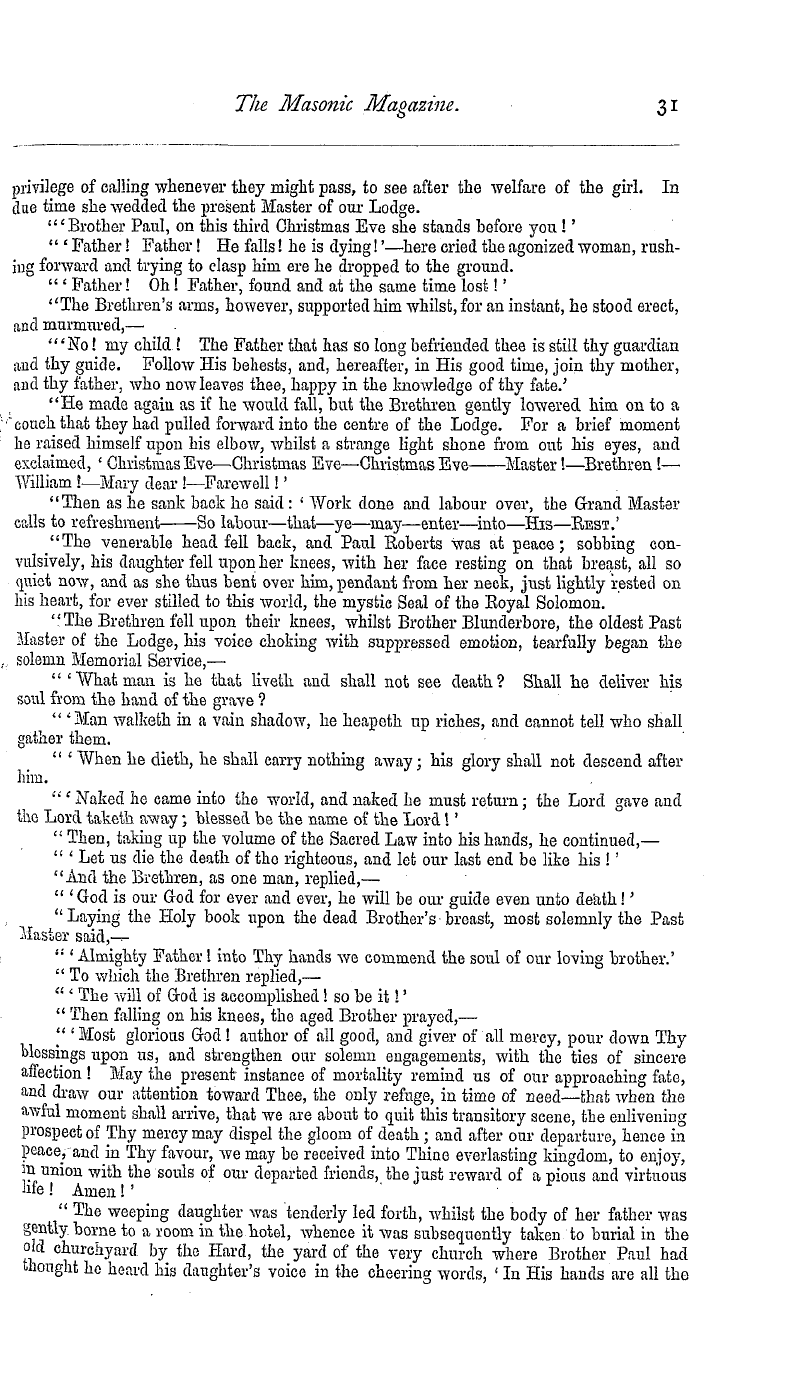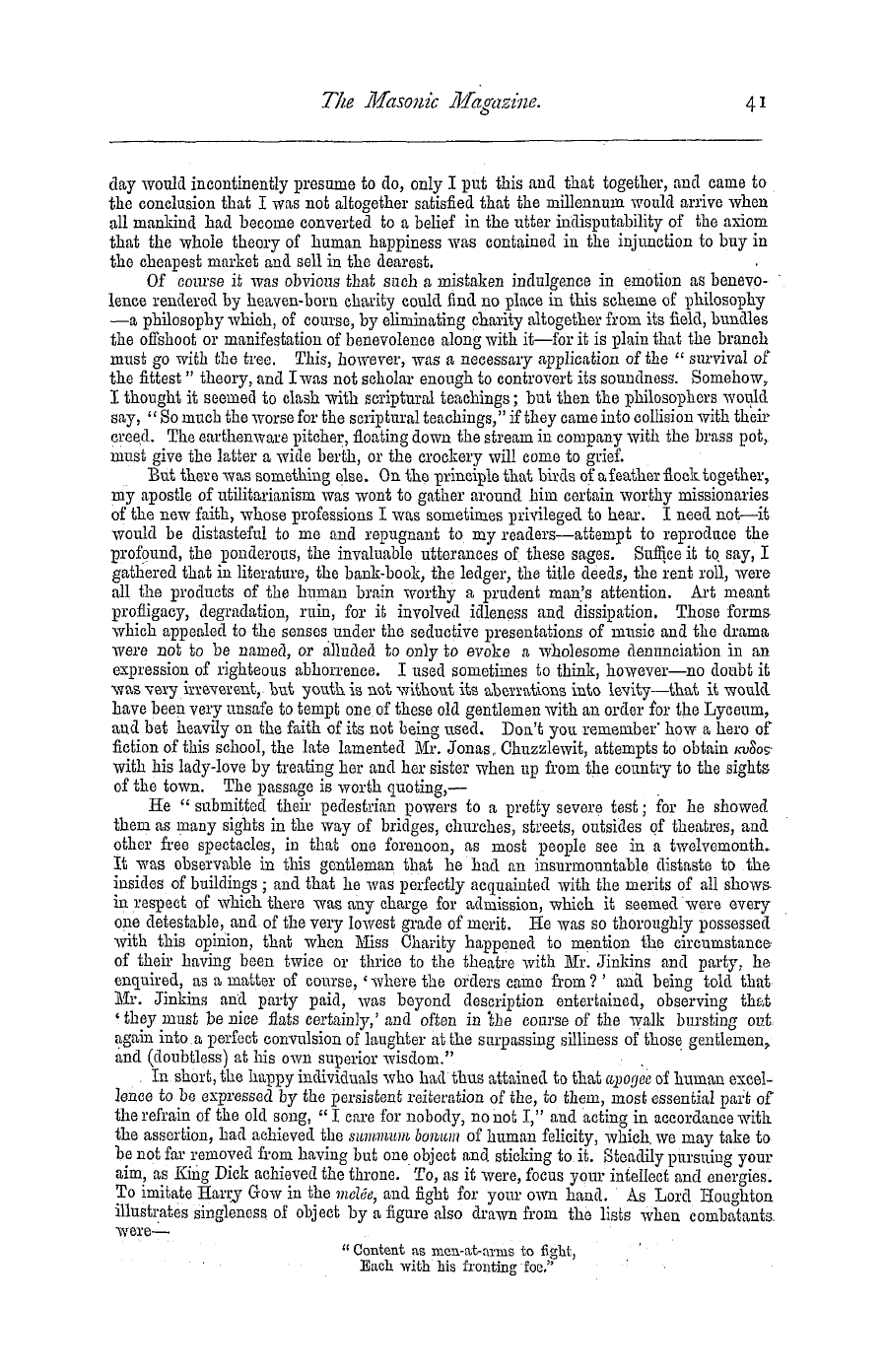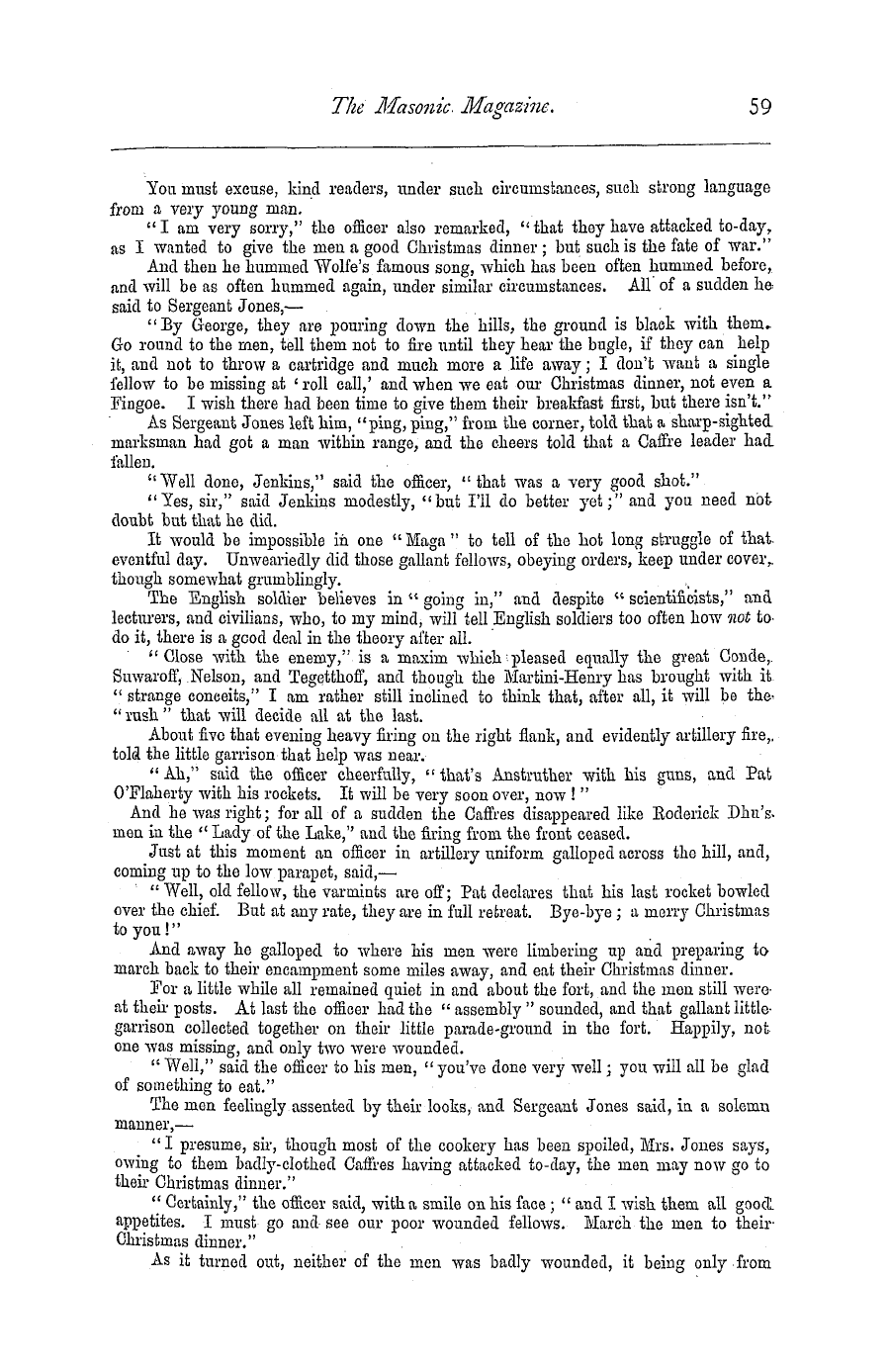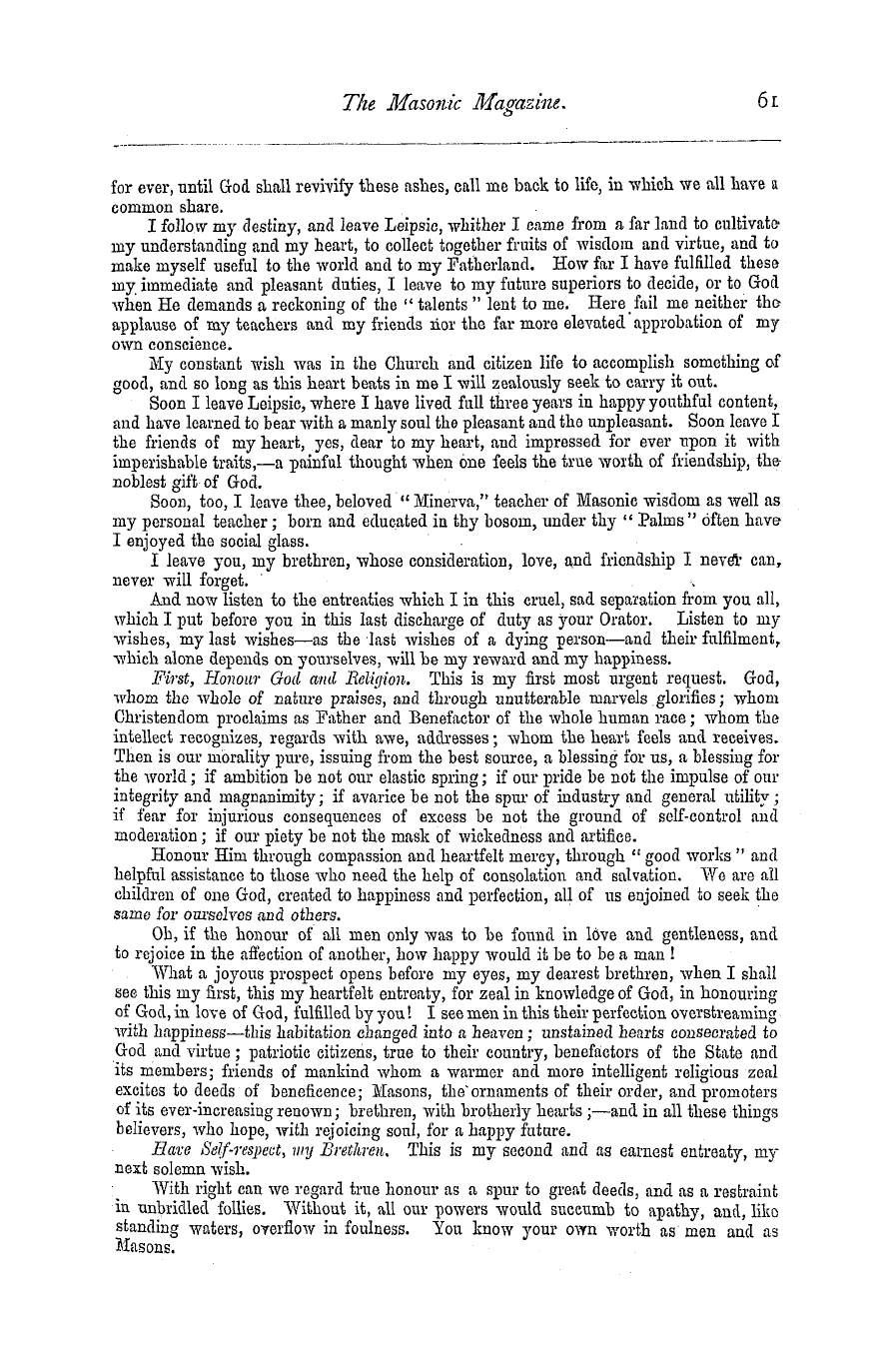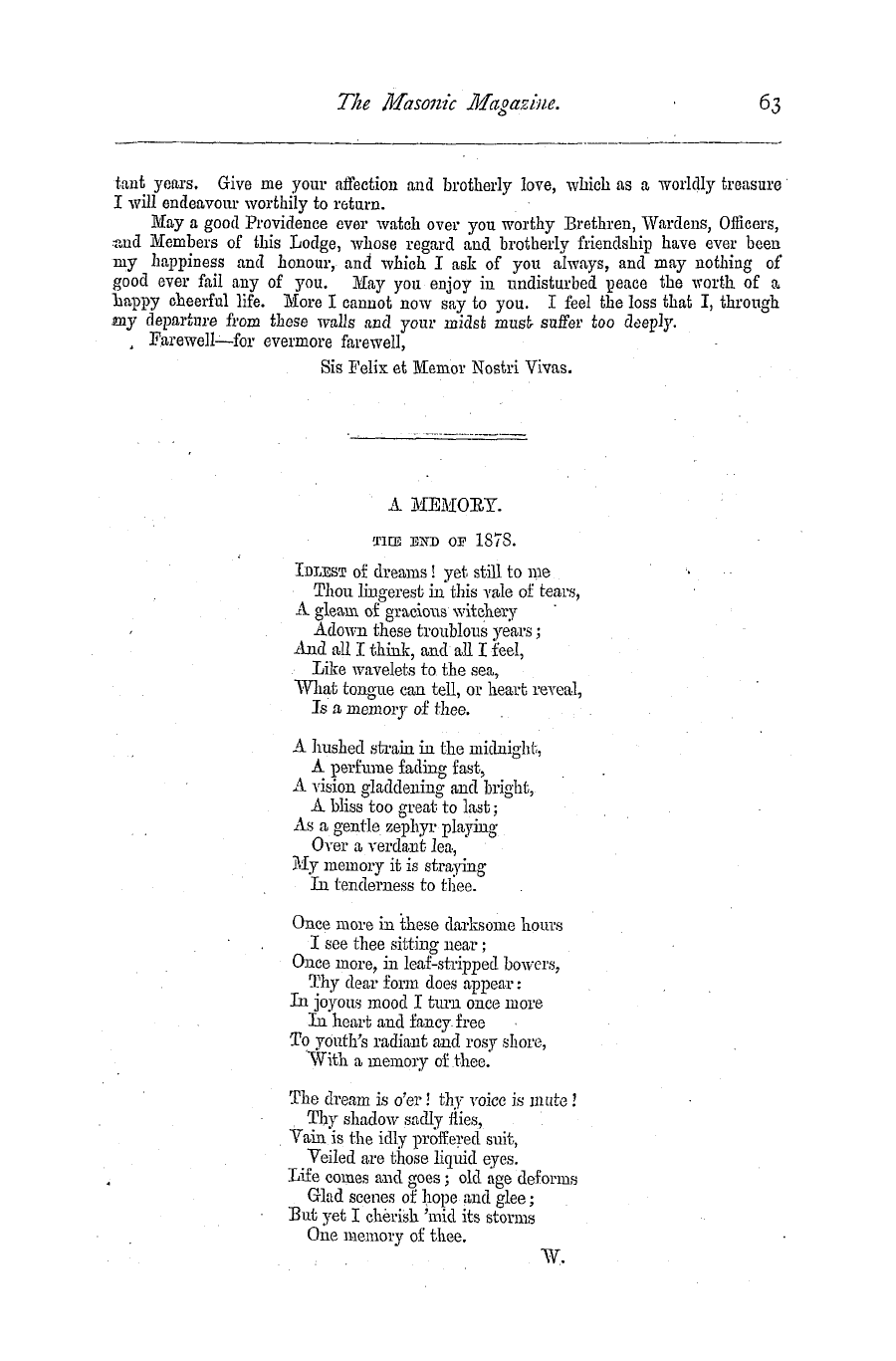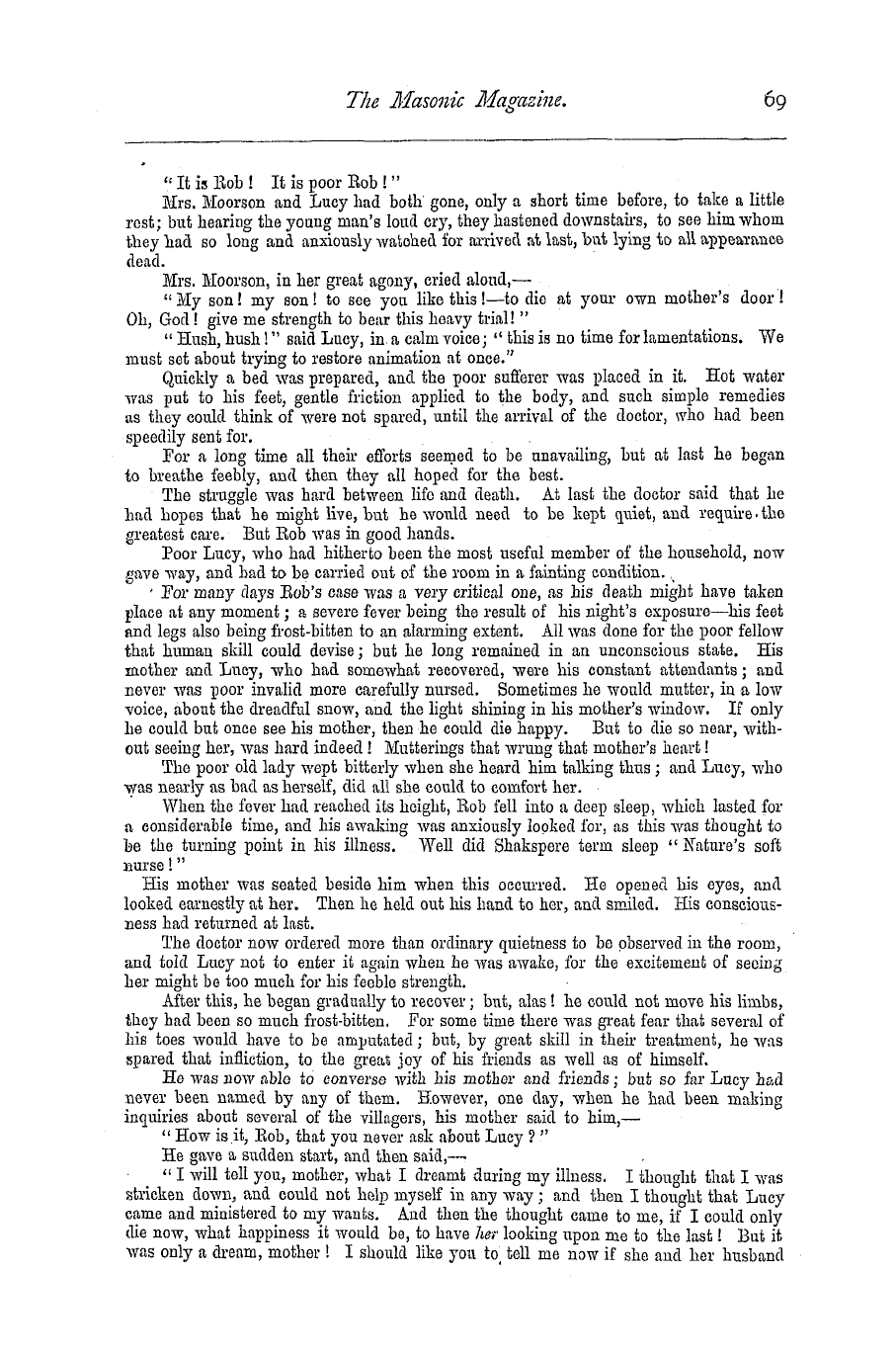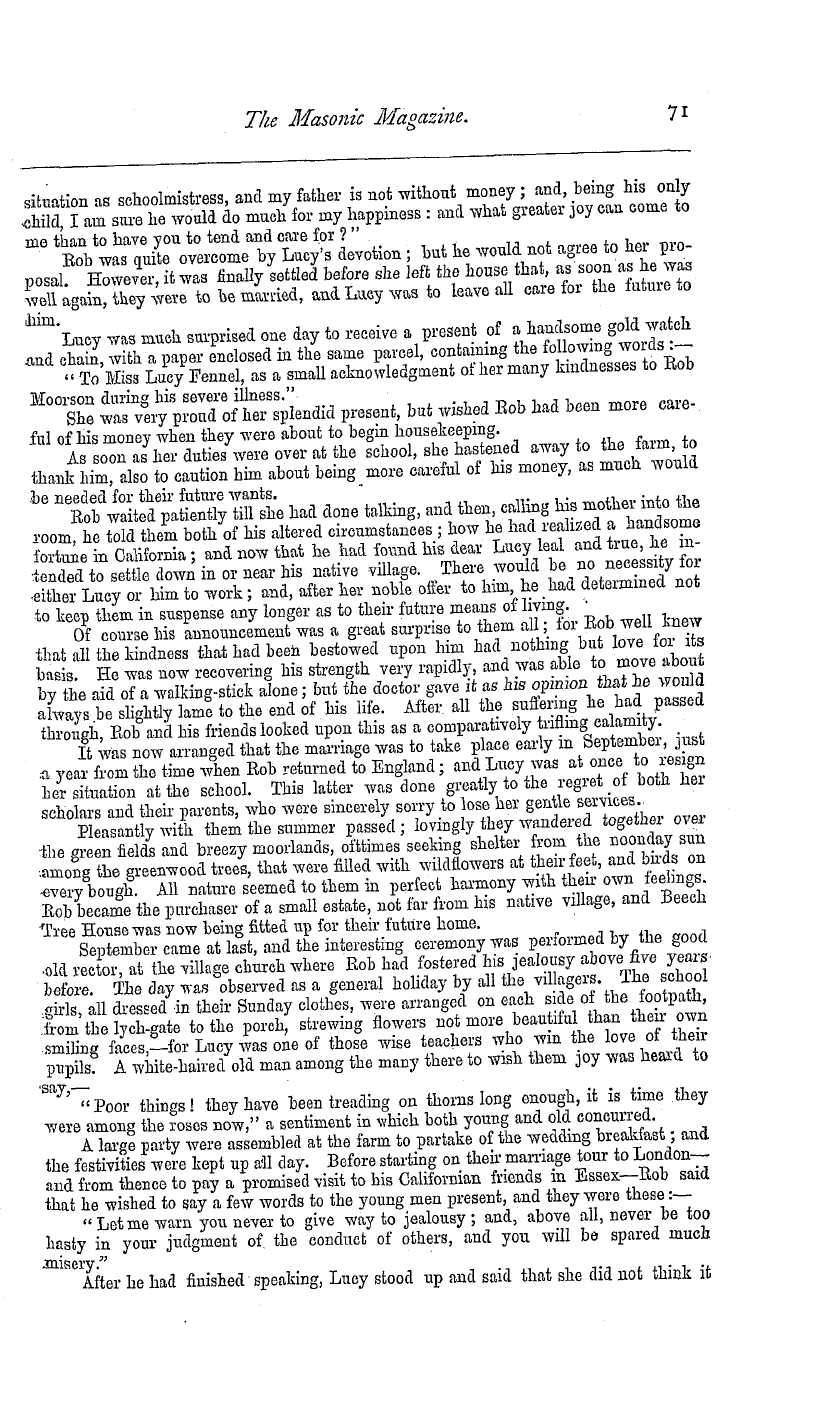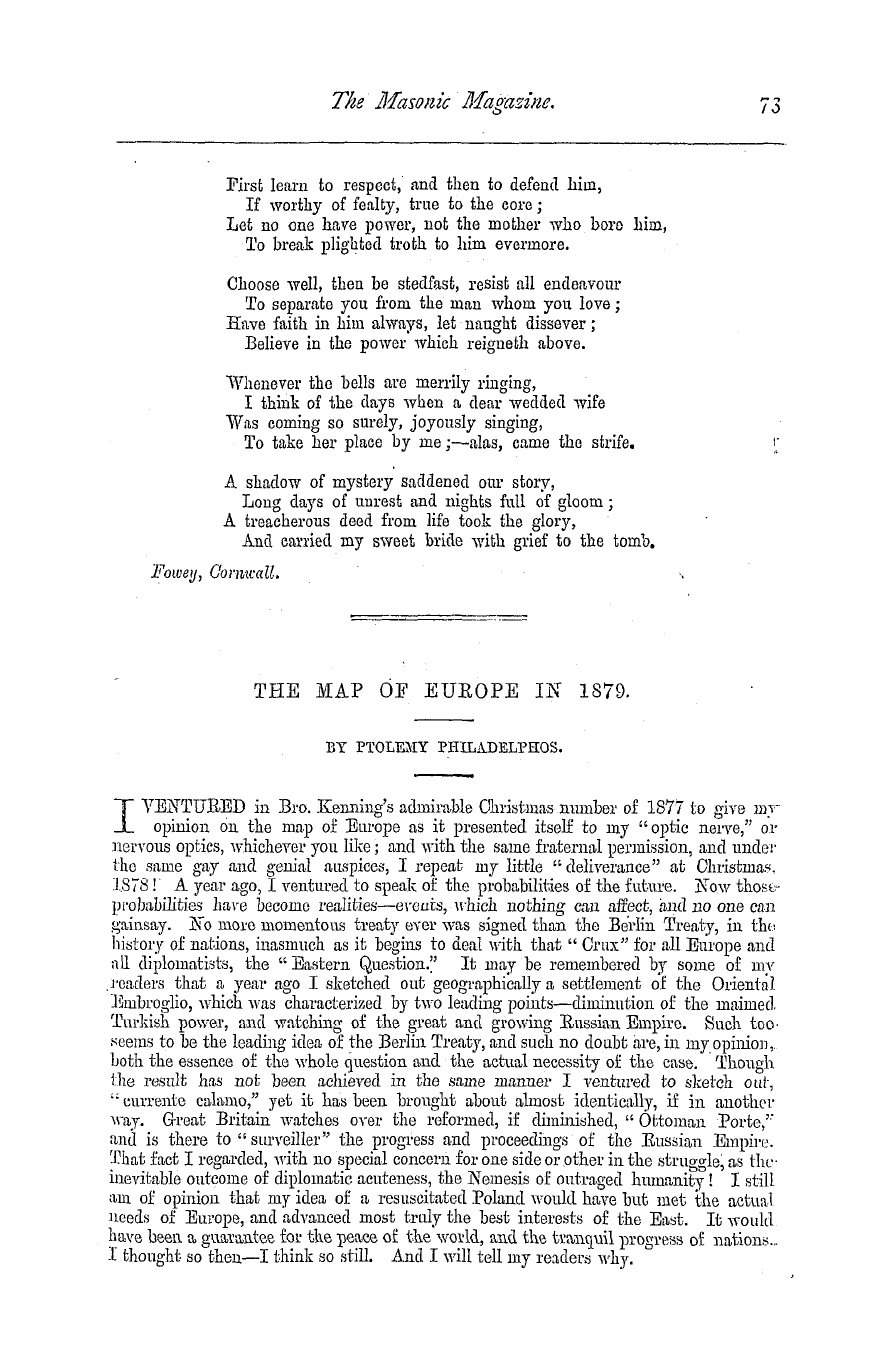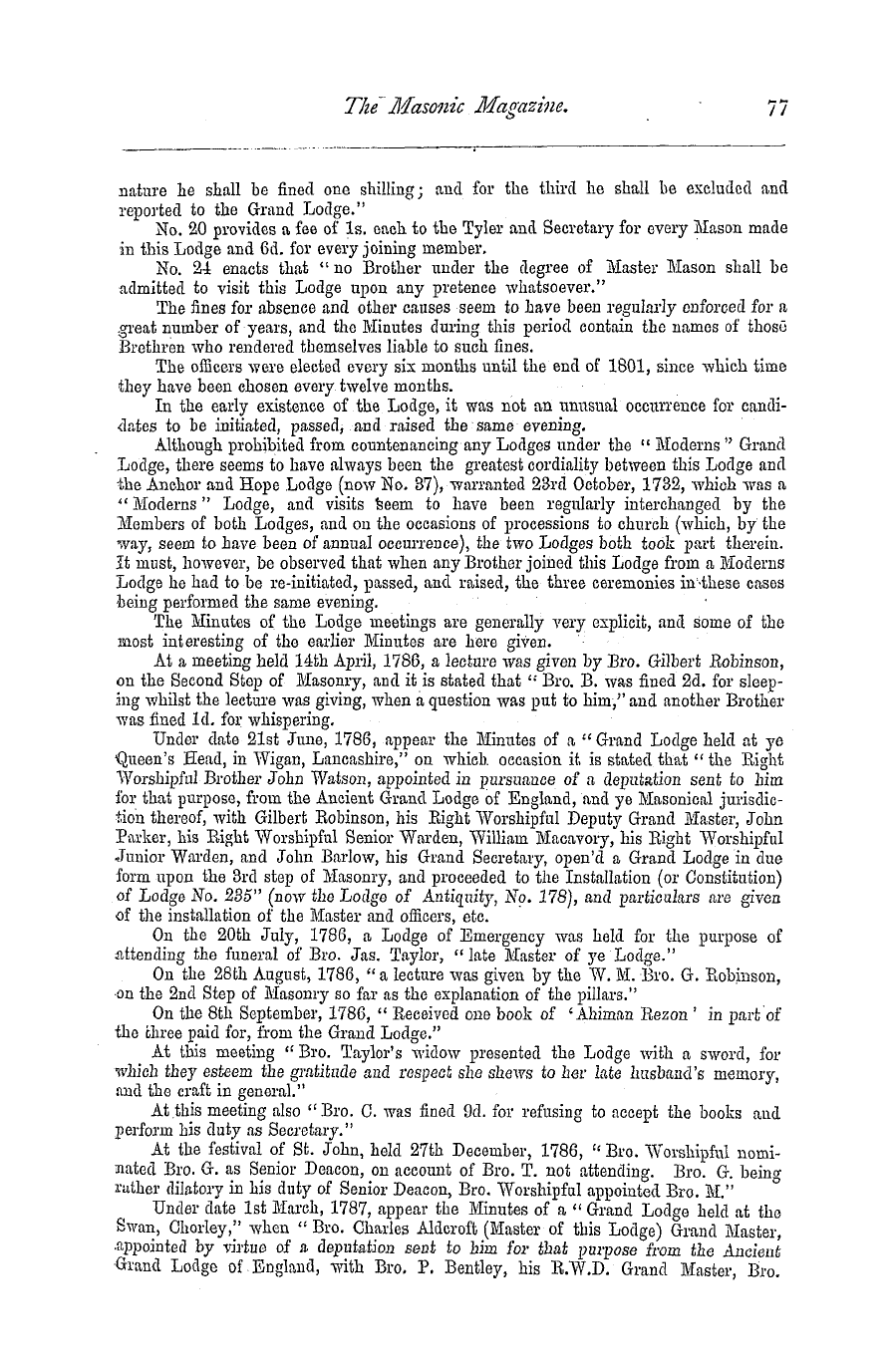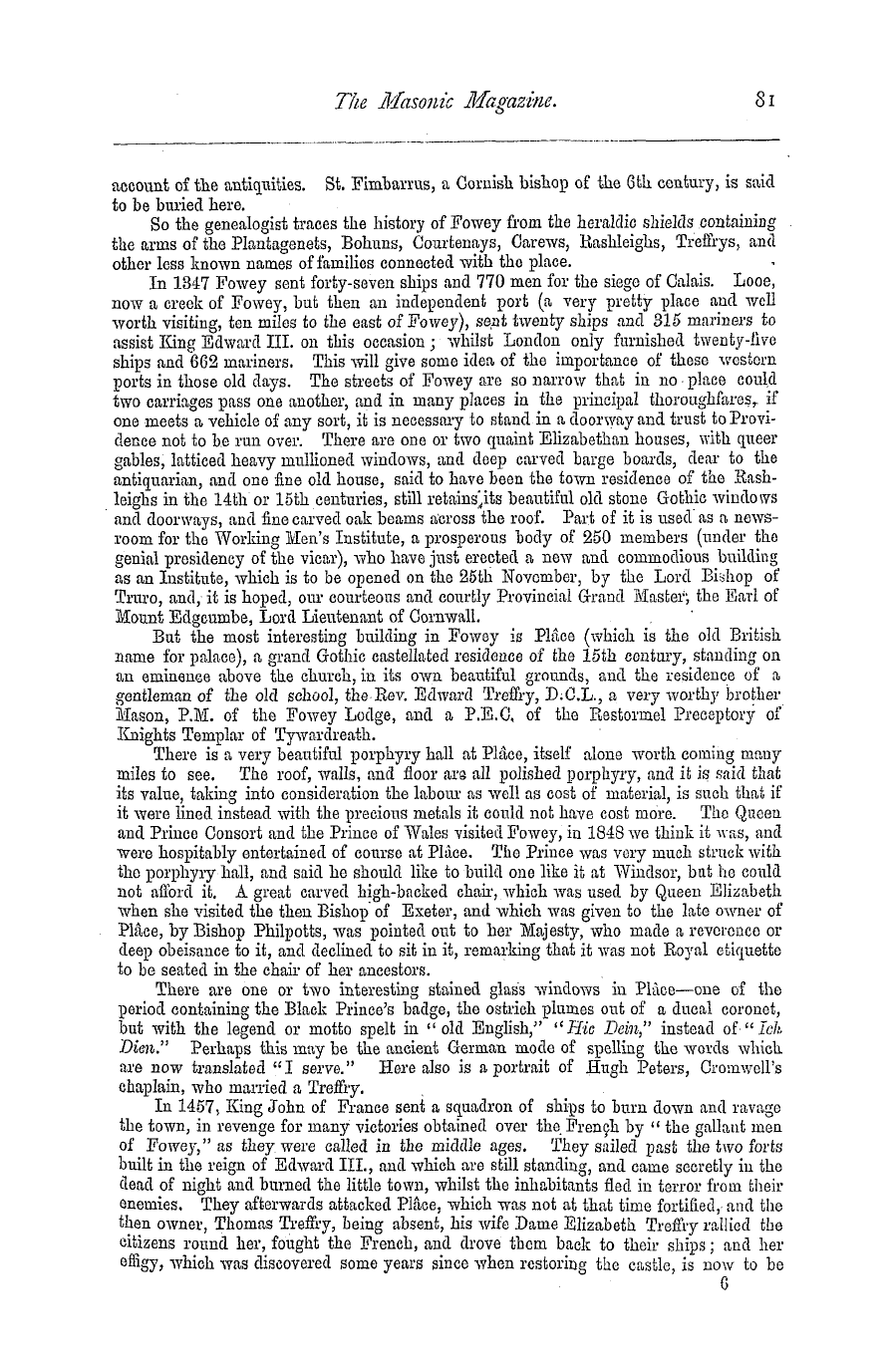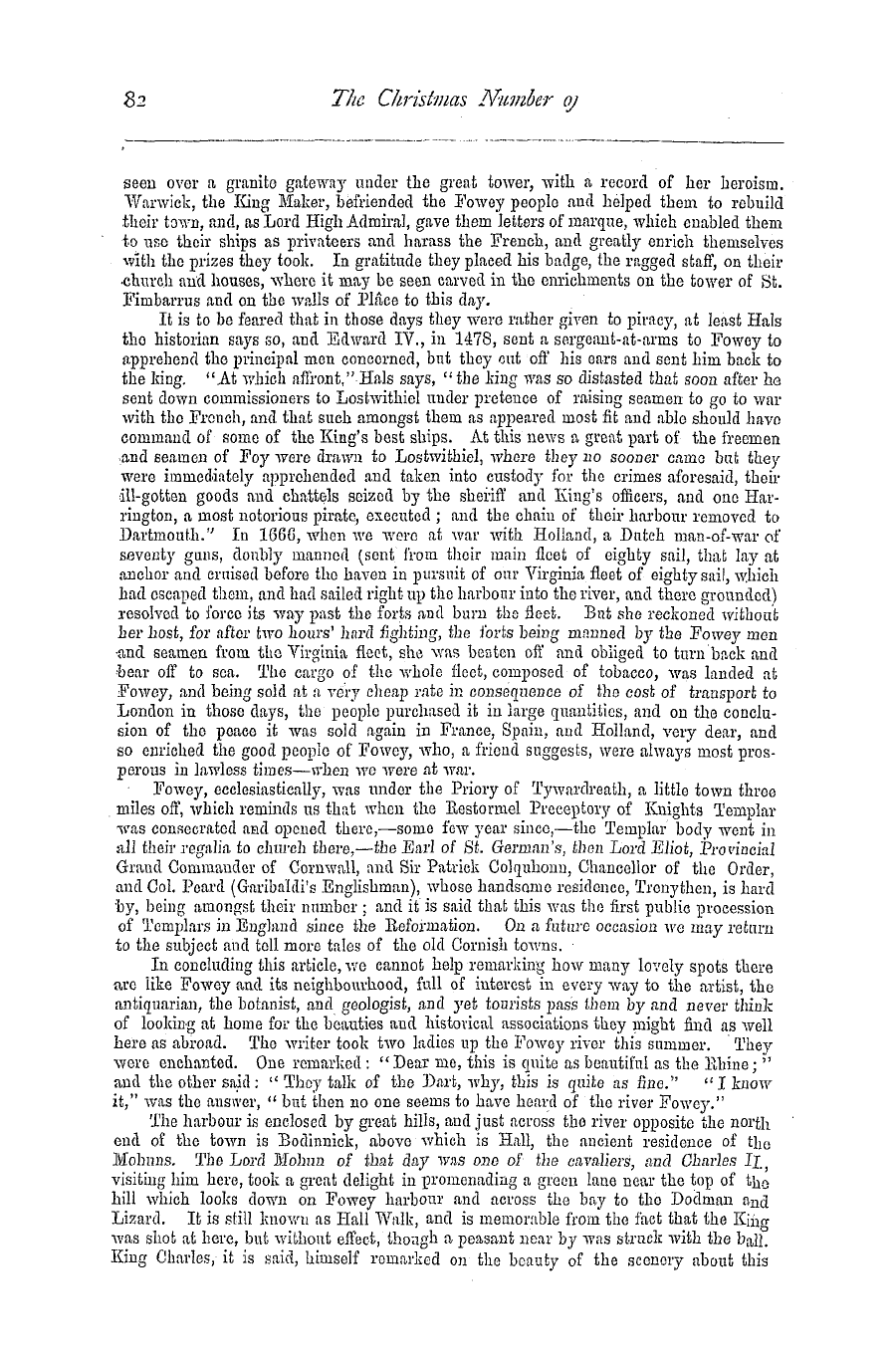Note: This text has been automatically extracted via Optical Character Recognition (OCR) software.
Transmission Of Masonic Art And Symbolism In The Fourth Century.
accepted notion of a Supreme Deity , the immortality of the soul , and the eternity , or rather the indestructibility of matter , had a profound effect upon the social elements of the Eastern and "Western Empire . Its earliest influence was to disrupt and disintegrate the colleges of the priests , and therefore unnumbered forms and ceremonies which in the Temple worship had fascinated the vulgar mind were now boldly adapted to the ritualism of the Christian Church . Another valuable acquisition was also added to the
rising sect in this way , and that was the appropriation of much of the secret lore formerly the exclusive property of the sacerdotal communities . This was particularly noticeable from the period when Christianity became the religion of the Empire , in the fourth century . With a knowledge of ancient pagan science , many of the symbolic usages passed to the Church and its numerous sects . The Basilideans united their Thaumaturgic or magical arts and rites with the
increasing pomp of the Christian ceremonies , while the abstruse principles of mathematical science were used to symbolize the sectarian dogmas to the mind of the new converts . Frequent intercourse of the building corporations with those who were eminent as geometricians both at Alexandria and other portions of the Empire , and
who were equally illustrious as leaders of religious sects , without doubt materially aided in modifying many venerable pagan ceremonies practised within the secret retreats of college-fraternity . A more forcible reason for the alterations of the heathen ritualism performed by these close organisations down to the fourth century may be found in compulsion consequent upon the formal change made by the Emperor Constautius of the ancient religion to Christianity ; such alterations , however , it is apprehended , only
contemplated an adaptation to the changed order of state affairs . As an original and component part of the ancient sacerdotal orders , these colleges or guilds of builders shared the secret rites and ceremonies , symbols and emblematic appliances , as well as the occult sciences of the hierarchy . The most uniform and universal ritualism pervading these secret organizations was an impressive ceremonial , typifying an assassination of a great and divine benefactor , such as the Egyptian Hesiri or the Norse god Balder , both of whom stood forth deified li
as ght . Hesiri was , after a long search , found on the coast of Phoenicia , and over him grew an evergreen tree , which was emblematized by the priesthood as a type of immortality . He was ultimately brought up to Egypt and more fittingly interred . "When the Emperor Commodus was initiated into the mysteries of the ICthraic rites , he signalized his entrance , or perhaps perfect initiation , by the actual homicide of a human being . The phraseology of iElius Laupidas , from whom I obtain this fact , is of so equivocal a nature that it may signify that the imperial entrant assassinated the person who represented the divine Hesiri because he feigned to believe it a necessary
portion of the solemn ceremonies , or that in such celebrations it was the invariable usage for some initiate to thus typify , by a pretended death , the murder of the light-god ; the latter interpretation is both natural and preferable . The members of all these close corporations , in which the principles of science and art were carefully concealed and only revealed under forms of impressive symbols , recognized one another by means of secret signs , whose significance was hidden to the uninitiated eye . It ' oftentimes
happened that the initiates in pursuing strict lines of individual research , into the occult mysteries , with which they had become familiarised , publicly argued upon conclusions reached and entered into personal controversy ; but notwithstanding such disputations , the utmost care was taken against divulging a knowledge which appertained exclusively to the several orders of the hierarchy , or to those under sacerdotal direction . Thus , for example , when Democritus entered into a controversy with the Magi , or wonderworkers of his time
- , no revelations of occult science were made which could vulgarize the mysticism of his craft-associates . Socrates was compelled to drink a draught of death , because , as alleged , he had attempted to poison or deprave the minds of the youth of Athens ; or , in other words , this scholastic dialectician had perhaps inadvertently sought to popularize the teachings which he had received by the initiatory rites at the hands of the priesthood , who struggled successfully till the Christian era to repress the subline idea of a Supreme Deity within the gloomy precincts of sacred enclosures where this doctrine was known . The writings of Cicero reveal a knowledge
Note: This text has been automatically extracted via Optical Character Recognition (OCR) software.
Transmission Of Masonic Art And Symbolism In The Fourth Century.
accepted notion of a Supreme Deity , the immortality of the soul , and the eternity , or rather the indestructibility of matter , had a profound effect upon the social elements of the Eastern and "Western Empire . Its earliest influence was to disrupt and disintegrate the colleges of the priests , and therefore unnumbered forms and ceremonies which in the Temple worship had fascinated the vulgar mind were now boldly adapted to the ritualism of the Christian Church . Another valuable acquisition was also added to the
rising sect in this way , and that was the appropriation of much of the secret lore formerly the exclusive property of the sacerdotal communities . This was particularly noticeable from the period when Christianity became the religion of the Empire , in the fourth century . With a knowledge of ancient pagan science , many of the symbolic usages passed to the Church and its numerous sects . The Basilideans united their Thaumaturgic or magical arts and rites with the
increasing pomp of the Christian ceremonies , while the abstruse principles of mathematical science were used to symbolize the sectarian dogmas to the mind of the new converts . Frequent intercourse of the building corporations with those who were eminent as geometricians both at Alexandria and other portions of the Empire , and
who were equally illustrious as leaders of religious sects , without doubt materially aided in modifying many venerable pagan ceremonies practised within the secret retreats of college-fraternity . A more forcible reason for the alterations of the heathen ritualism performed by these close organisations down to the fourth century may be found in compulsion consequent upon the formal change made by the Emperor Constautius of the ancient religion to Christianity ; such alterations , however , it is apprehended , only
contemplated an adaptation to the changed order of state affairs . As an original and component part of the ancient sacerdotal orders , these colleges or guilds of builders shared the secret rites and ceremonies , symbols and emblematic appliances , as well as the occult sciences of the hierarchy . The most uniform and universal ritualism pervading these secret organizations was an impressive ceremonial , typifying an assassination of a great and divine benefactor , such as the Egyptian Hesiri or the Norse god Balder , both of whom stood forth deified li
as ght . Hesiri was , after a long search , found on the coast of Phoenicia , and over him grew an evergreen tree , which was emblematized by the priesthood as a type of immortality . He was ultimately brought up to Egypt and more fittingly interred . "When the Emperor Commodus was initiated into the mysteries of the ICthraic rites , he signalized his entrance , or perhaps perfect initiation , by the actual homicide of a human being . The phraseology of iElius Laupidas , from whom I obtain this fact , is of so equivocal a nature that it may signify that the imperial entrant assassinated the person who represented the divine Hesiri because he feigned to believe it a necessary
portion of the solemn ceremonies , or that in such celebrations it was the invariable usage for some initiate to thus typify , by a pretended death , the murder of the light-god ; the latter interpretation is both natural and preferable . The members of all these close corporations , in which the principles of science and art were carefully concealed and only revealed under forms of impressive symbols , recognized one another by means of secret signs , whose significance was hidden to the uninitiated eye . It ' oftentimes
happened that the initiates in pursuing strict lines of individual research , into the occult mysteries , with which they had become familiarised , publicly argued upon conclusions reached and entered into personal controversy ; but notwithstanding such disputations , the utmost care was taken against divulging a knowledge which appertained exclusively to the several orders of the hierarchy , or to those under sacerdotal direction . Thus , for example , when Democritus entered into a controversy with the Magi , or wonderworkers of his time
- , no revelations of occult science were made which could vulgarize the mysticism of his craft-associates . Socrates was compelled to drink a draught of death , because , as alleged , he had attempted to poison or deprave the minds of the youth of Athens ; or , in other words , this scholastic dialectician had perhaps inadvertently sought to popularize the teachings which he had received by the initiatory rites at the hands of the priesthood , who struggled successfully till the Christian era to repress the subline idea of a Supreme Deity within the gloomy precincts of sacred enclosures where this doctrine was known . The writings of Cicero reveal a knowledge














































































